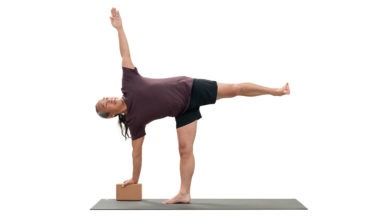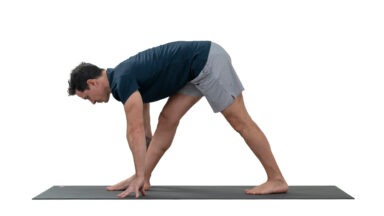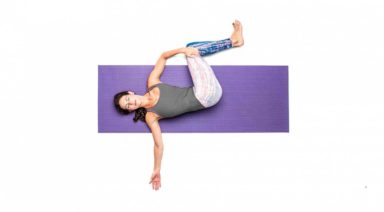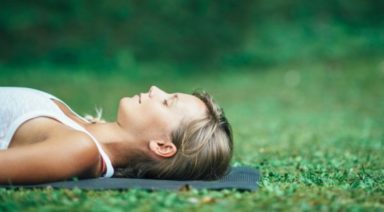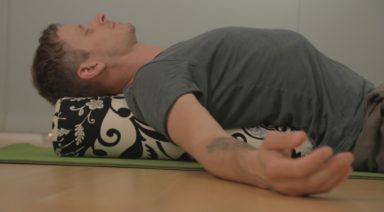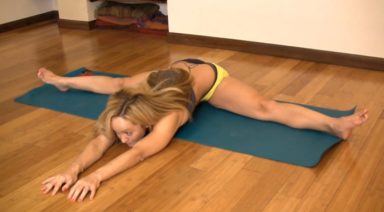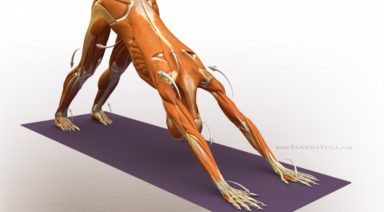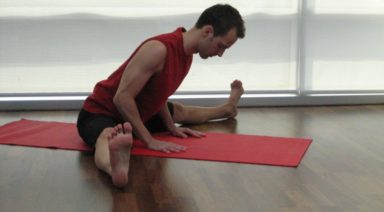Benefits to Practicing Yoga Every Day

In a recent study aptly titled, Neuroprotective Effects of Yoga Practice, the brains of experienced yoga practitioners were compared to those of non-practitioners with similar health profiles. Using magnetic resonance imaging (MRI), researchers at The National Center for Complementary and Integrative Health were able to identify regions of activity and growth. As a result, this study found that:
- A regular practice combining breath awareness, physical postures and meditation can increase the volume of gray matter (brain tissue) in different parts of the brain, effectively reducing the naturally occurring, age-related decline of brain cells. With most of the observed gray matter volume changes having occurred in the left-side of the brain, the implication is that yoga shifts the automatic response of the practitioner from fight-or-flight (right-brain, sympathetic nervous system activation resulting in acute physical stress) to rest-and-digest (left-brain, parasympathetic nervous system activation promoting calm and relaxation)
- The areas of the brain indicating the greatest change in gray matter were those directly related to sense of self, attention, spatial/sensory awareness as well as stress reduction. These findings provide a potential neural basis for the benefits of practicing yoga. The observed benefits were greater in those who practiced more often over a longer period of time supporting the notion that a consistent practice of yoga every day is more effective than an intermittent one
The Science of Sadhana: Positive Gene Expression
In 2013, studies at the University of Oslo offered a unique look inside the cellular structures of the human body to provide real, measurable data on what actually happens to cells when we practice yoga.
The Norwegian research team discovered that various yoga practices immediately impacted the expression of 111 genes, increasing the function of some while decreasing the function of others.
The Science of Sadhana: Increased Interoceptive Awareness
Norman Farb from the University of Toronto conducted a study on interoceptive and exteroceptive attention where he discovered key differences in the location of brain activity resulting from directed attention, either inward or outward.
What Farb encountered in his study was that when participants focused on an external screen (exteroceptive attention), the primary brain activity occurred in the neocortex, the most recent evolution in the human brain which differentiates us from other species and processes sensory information predominantly from external input. On the other hand, when participants were instructed to observe their breath (interoceptive attention), brain activity was heightened in the areas of the brain that bridge the cortex and the limbic system which is much older in terms of evolution, governing basic instincts and primal emotions.
5 Ways to Overcome a Yoga Rut
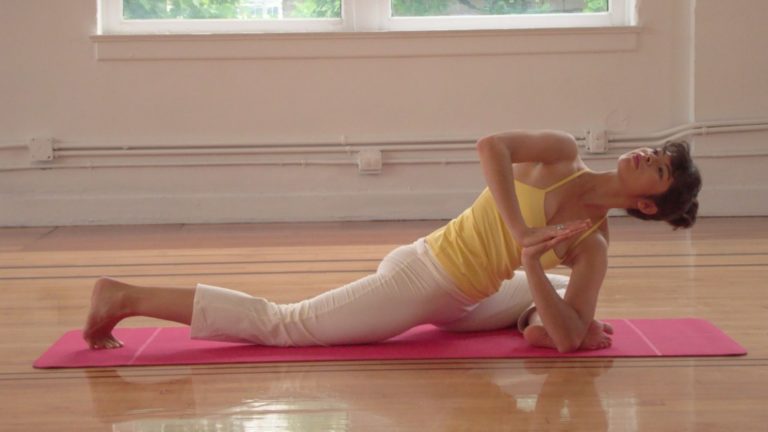
Do you have to struggle to get yourself on your mat these days? Has your yoga practice become a chore? Do you find yourself thinking about dinner, the latest movie you want to catch, or just about anything else but yoga during your yoga practice? Are you demotivated, frustrated or plain bored of doing yoga? If you answered “yes” to any of these, it is highly likely that you are stuck in a yoga rut.
Okay, so that’s the bad news. The good news is that it is totally possible to lift yourself out of this slump–I know this as I have personally been there. I succeeded in re-energizing my practice and so can you. Here are my suggestions for getting through this challenging time.
How to Overcome Your Yoga Rut
1. Pause and reflect.
The first and foremost step is to go within and get in touch with your feelings without being judgmental. What are you experiencing? Is it fatigue, boredom, frustration, depression, anger, annoyance, hopelessness or a combination? Next, ask yourself why you could be feeling this way, and listen to whatever comes up. The answer could be revealing and could instantly give you the insight you need.
2. Take a short break.
If you are feeling drained, are lacking in energy or feel physically exhausted, it is possible that you are going through a stressful time in other areas of your life. You might also be driving yourself too hard in your yoga practice without taking an occasional break. If so, the answer lies in acknowledging and honoring your need for some time out.
Our bodies need rest to rejuvenate and thrive, so give yourself permission to press the pause button on your practice while you indulge in other self-care rituals–like massage. You will know when you are ready to resume your practice because you will feel a sense of renewal when you hit the mat again.
3. Try something different in your practice.
We are humans and human beings get bored. It’s a fact of life. If you are feeling bored with your yoga routine and find yourself simply going through the motions, you have probably outgrown your present practice. You need to add more stimulation and challenge to your routine–this will keep your mind engaged and interested as there will be something new to observe, experience and master. Trying a new asana, a new variation of your favorite asana, or altering the pace of your practice by experimenting with a dynamic flow versus static holds could reengage you.
Something that always works for me is to focus my attention on an unexplored dimension during a posture. This could be with a physical aspect (for instance, taking my attention to the way my hips and knees are feeling during cobra pose rather than focusing only on the bend in the back), or it could be through an observation of the pattern of my breath and the emotions, feelings and thoughts that arise during the posture. Try it yourself.
4. Learn or study a new aspect of yoga.
Yoga teachings have multiple dimensions and are richly layered. I find that studying an unexplored realm, such as functional anatomy; yogic anatomy and physiology; or yoga philosophy, provides me with a fresh perspective on yoga. Subsequently, applying this new information takes my practice to a new high. For instance, reading about the Yamas and Niyamas and reflecting on their application made a huge difference in the way I approached my asana practice.
Delving into the anatomy of individual postures keeps me motivated to scientifically examine myself whenever I am on the mat–this process also provides valuable insight into necessary alignment corrections, and creates an awareness of specific muscle groups that need to be worked on.
5. Stop striving for perfection.
If you are feeling annoyed frustrated, hopeless or depressed, it is very likely that you are trying too hard to attain the final posture. Perhaps you saw a relative newbie execute a flawless Pigeon pose at a yoga class recently and felt defeated since your Pigeon is nowhere close. If this strikes a chord, it is a good time to remind yourself what yoga is all about.
Yoga is a journey of self-discovery and transformation. The asanas are just a means to this end. To reap the benefits of yoga, it is not essential that you achieve a perfect posture. As in any other journey, it is rewarding to enjoy the ride and have fun along the way. So lighten up, accept your present levels of flexibility and strength and aim to enjoy your practice. This attitude shift may be all that you need to reconnect with yoga.
I hope these tips help navigate you through the temporary turbulence you are experiencing along your path. Remember, clear and bright skies are just around the bend.









